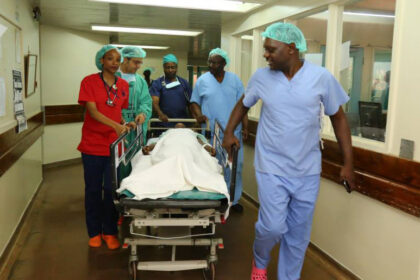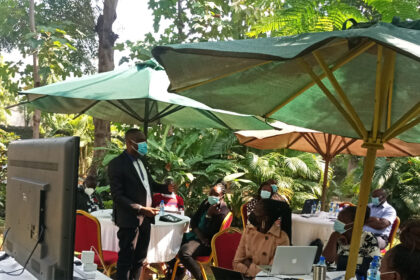Surgeries take back seat as Coronavirus rages
In March last year when COVID-19 was first detected in Kenya, the…
Telemedicine’s vital role in HIV management during the pandemic
Not only did COVID-19 trigger panic among people living with HIV as…
Weather forecast app to help farmers reduce losses
The unpredictable weather conditions caused by climate change has become prevalent, forcing…
The catch 22 situation in using HIV self-test kits
Several years ago, Tony Nyongesa, who lives in Nairobi, would walk into…
Kenya receives strawberry-flavoured ARVs for children
Kenya is expected to roll out the strawberry-flavoured tablet for children living…
Back to drawing board for HIV vaccine search
The journey to search for HIV vaccine will take longer. This is…
Pre-Exposure Prophylaxis uptake is gaining momentum
A HIV prevention expert has urged Kenyans to continue using Pre-Exposure Prophylaxis…
Pre-exposure prophylaxis usage gains traction, surpasses PEPFAR target
Oral Pre-exposure prophylaxis (PrEP) uptake is on a steady rise and Kenya…
Scientists now testing vaginal ring that can prevent HIV and pregnancy
Seven months after the World Health Organisation (WHO) approved the dapivirine vaginal…






